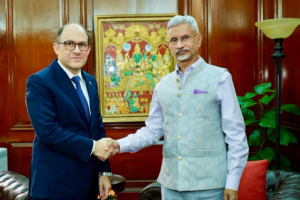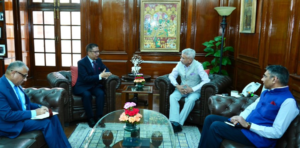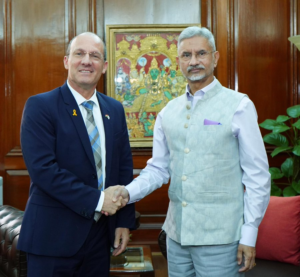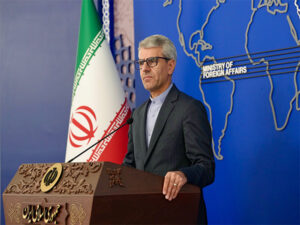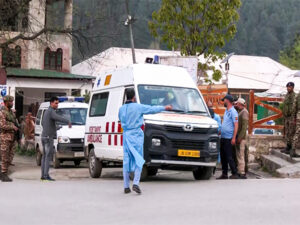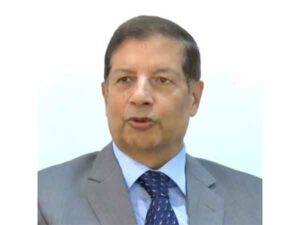Himachal Pradesh hosts ‘Mapping Tibet’ exhibition
Dharamshala (Himachal Pradesh) [India], August 8 (ANI): An exhibition titled ‘Mapping Tibet’ commenced at the Tibet Museum in the north Indian hill town of Dharamshala on Monday.
Norzin Dolma, Minister of the Department of Information and International Relations of the Tibetan government in exile, inaugurated the exhibition.
42 maps have been displayed showcasing the historic boundaries of Tibet since the 17th century and its political relationships with the neighbouring countries. The exhibition will continue till October 5.
The special guest at the event, Tsering Wangyal Shawa, said, “These maps tell a story about how Tibet was mapped by different agencies over time and so that people will understand how Tibet mapping was evolved over time so that is the whole idea here and at the same time we want the general public to understand what Tibet is and how the mapping of Tibet was evolved over time so that they can have a better understanding.”
Tsering Wangyal informed further that Tibet’s cartographic history began with a map published by Western countries in the 17th and 18th centuries based on information obtained from Jesuit missionaries and traveller’s accounts.
He said the mapping of Tibet according to the modern cartography system was mostly published by either Westerners (including the British Raj) or Chinese until the Shimla Convention of 1914, during which the Gaden Phodrang government, for the first time, made an effort to participate in the demarcation of Tibetan territories.
However, after the establishment of the Tibetan exile administration, various institutions and individuals made numerous attempts to standardise the Tibetan map.
He stressed more focus on collecting, creating, standardising and understanding cultural and geographical feature names in the Tibetan language to retain the identity of the places.
He said, “Names of places and geographical features are an important part of our cultural environment. If you look at the map these days, it is difficult to recognise many places located in Tibet because they have Chinese-sounding names. I see a danger of losing the original Tibetan names for our places over time.”
Tsering Wangyal Shawa has served as the Geographic Information System (GIS) and Map Librarian at Princeton University Library since 1998, and presently teaches a course on “GIS for Public Policy” at the Princeton School of Public and International Affairs.
Tenzin Topdhen, the director of Tibet Museum, shared the objectives behind the ongoing temporary exhibition, saying it had four sections — Tibet’s map of the 17th-19th century, Tibet’s map from 1904 to 1918, Tibet’s map after the 1950s, and the map of Tibet’s capital, Lhasa.
Kery Wattson, a visitor from the US said, “I really want to see how Tibet was historically defined politically and Tibetan territories and their relationships with people and places based on these maps. I think it’s important because it shows the historic relationship of Tibet with its neighbours.”

